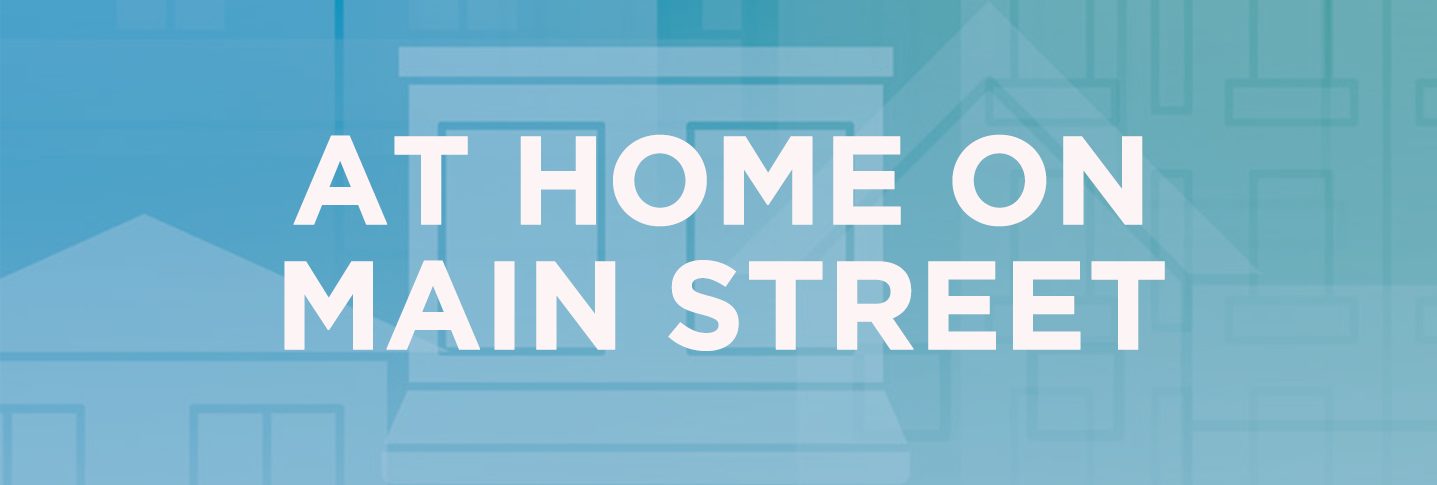8 Main Street Communities Empowered by The Hartford Small Business Accelerator Grants
Eight communities have been selected to receive the 2025 Small Business Accelerator grants, in partnership with The Hartford.

Marion, Iowa © Tasha Sams
We work in collaboration with thousands of local partners and grassroots leaders across the nation who share our commitment to advancing shared prosperity, creating resilient economies, and improving quality of life.

Emporia, Kansas © Emporia Main Street
Made up of small towns, mid-sized communities, and urban commercial districts, the thousands of organizations, individuals, volunteers, and local leaders that make up Main Street America™ represent the broad diversity that makes this country so unique.

Chicago, Illinois © Main Street America
Looking for strategies and tools to support you in your work? Delve into the Main Street Resource Center and explore a wide range of resources including our extensive Knowledge Hub, professional development opportunities, field service offerings, advocacy support, and more!

Waterloo, Iowa © Main Street Waterloo
Your one-stop-shop for all the latest stories, news, events, and opportunities – including grants and funding programs – across Main Street.

Kendall Whittier — Tulsa, Oklahoma © Kendall Whittier Main Street
Join us in our work to advance shared prosperity, create strong economies, and improve quality of life in downtowns and neighborhood commercial districts.

Last May, the Main Street America research team released a comprehensive, data-centric report focused on the state of housing in Main Street downtowns and neighborhood commercial districts. The report was the first network-facing component of our “At Home on Main Street” initiative, funded by the 1772 Foundation. This research initiative is focused on strengthening our understanding of housing in Main Streets across the country and using those insights to develop resources and assess additional housing-related opportunities within the Main Street network.
In preparation for the upcoming release of the latest installment in the housing research project—a “how-to” guide on all things housing for Main Street leaders—we wanted to review the data we presented in the May 2022 report and offer some fresh takeaways.
At Home on Main Street: A Report on the State of Housing in Downtowns and Neighborhood Commercial Districts sought to characterize the diverse housing situations that exist throughout the Main Street network. It outlined key challenges to addressing Main Street housing needs, as identified through a virtual convening of Main Street leaders and housing professionals and through a national survey of Main Street directors. Here are a few of our findings.
-L.png)
Although housing is viewed as a challenge in their districts, many Main Street managers don’t yet see how they can be a part of the solution.
Many Main Streets aren’t operating at full capacity. The majority of Main Street managers report having vacant upper floors in their districts. Many of these vacant upper floors were historically residential spaces that are unused today despite increasing demands for housing.
State and local codes and regulations are complex. Often times, building and zoning codes and regulations make Main Street housing development and building rehabilitation projects prohibitively difficult.
While there are models for funding Main Street housing in some communities, these financing models aren’t widely disseminated or accessible for many Main Street-focused banks, developers, and property owners. The new Main Street America Small Deal Initiative, led by Patrice Frey, provides one plank toward solutions, but more new ideas with widespread potential application are needed.
In the first housing report, Main Street housing was described through data gathered by combining mapped program boundaries for Main Street districts with 2010 and 2020 decennial census data as well as data from the Census Bureau’s American Community Survey. This information allowed us to characterize Main Street housing by scale, age, and cost. The findings that the report highlighted included the following.
-L.png)
According to the 2010 and 2020 decennial censuses, the quantity of housing in the Main Street network grew by about 81,000 housing units between 2010 and 2020, from 828,123 to 909,207, a net increase of approximately 10 percent. Given the demands for more housing felt throughout many Main Streets alongside the scale of the national housing shortage, a greater pace of growth is called for.
Our upcoming guidebook is intended as a follow-up to some of the questions that may arise for Main Street leaders after reading the initial report. As stated above, many Main Street programs are not oriented towards the world of housing development, and local directors feel as if they are starting from scratch if they decide to increase their engagement with housing opportunities. "At Home on Main Street: A Housing Guide for Local Leaders” is intended to serve as a jump-start guidebook on the basics of housing development. It incorporates examples of housing projects and programming from across the network and features the perspectives and recommendations of Main Street professionals leading the way in shaping housing in their communities.